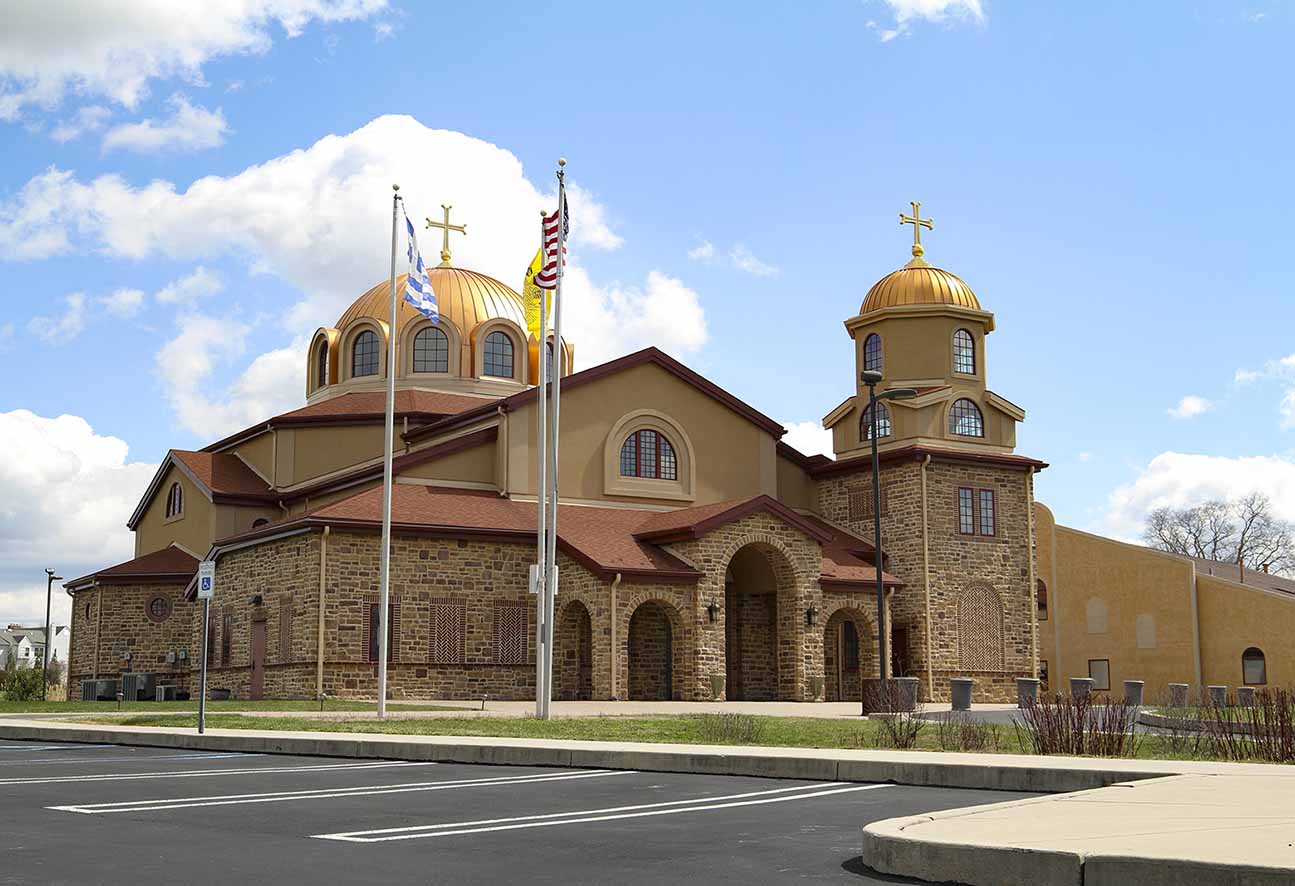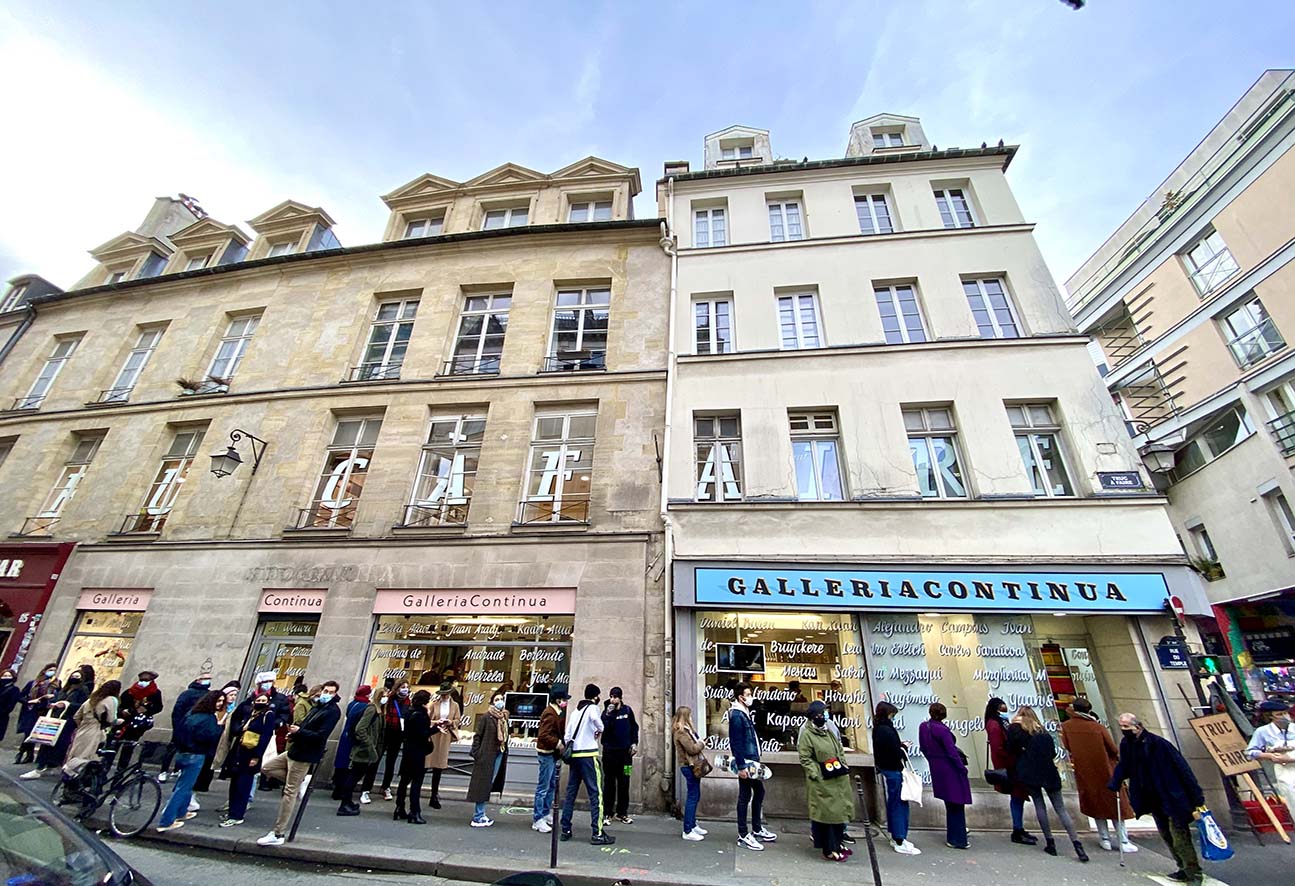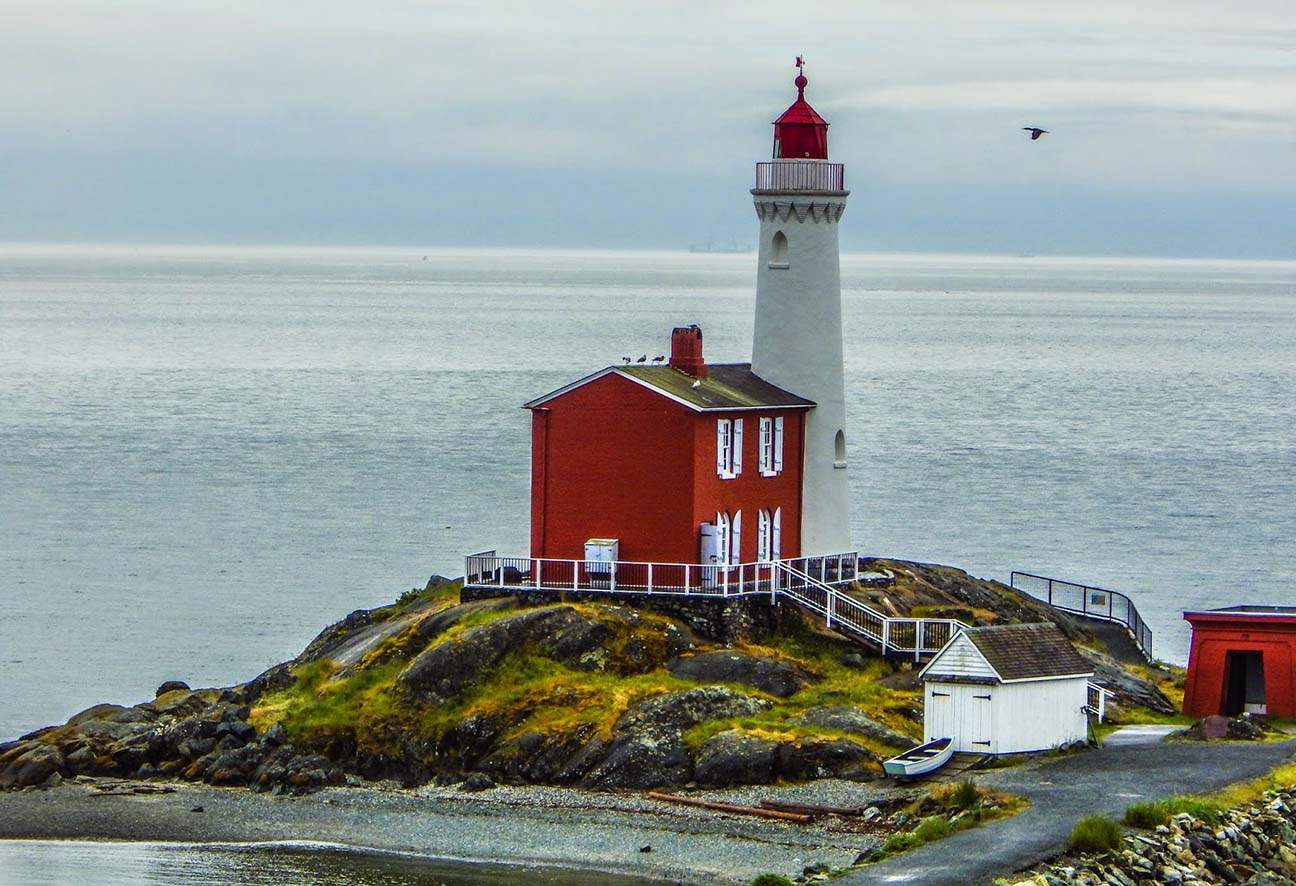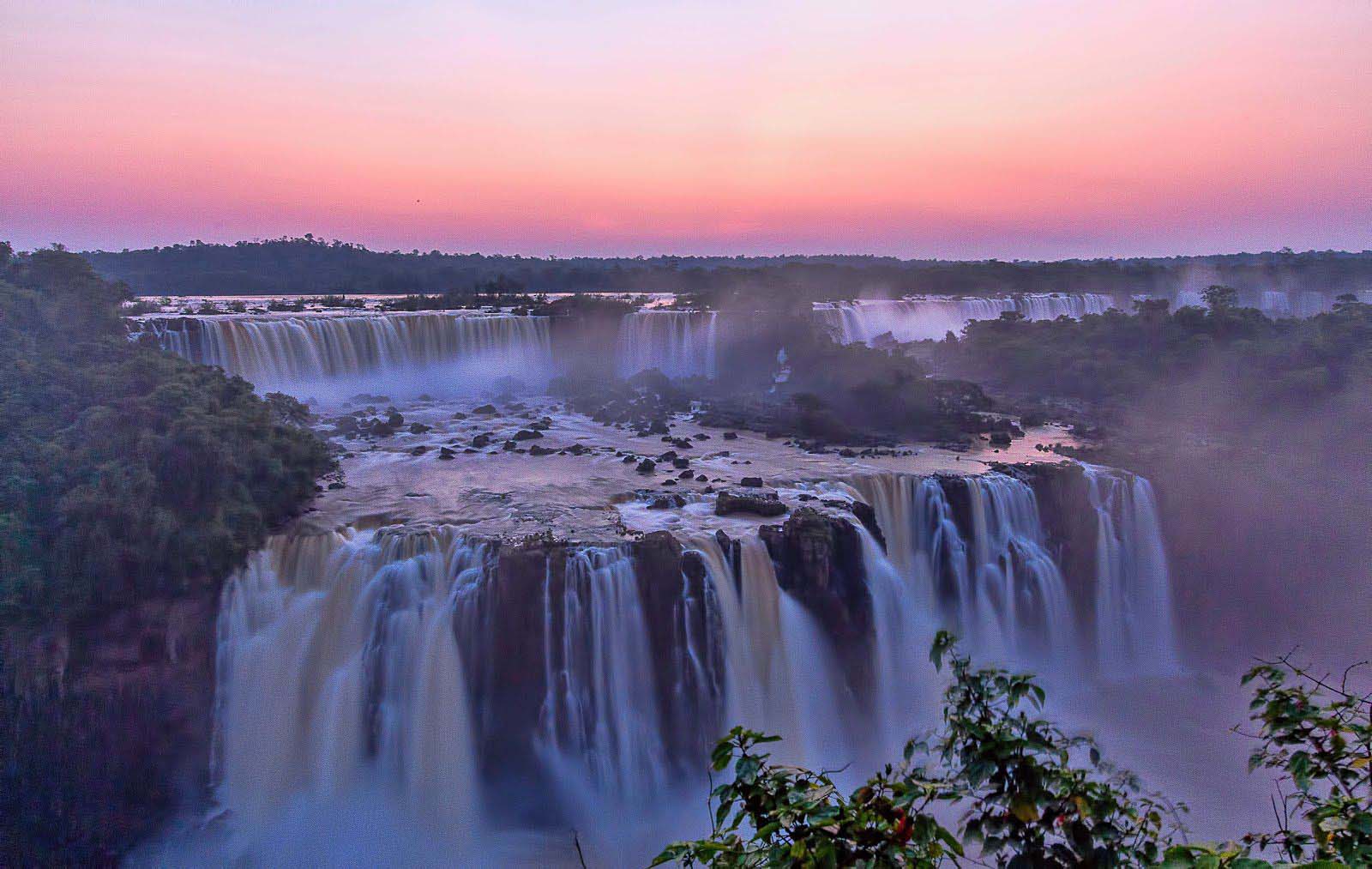Sofia, the capital of Bulgaria, is located in the heart of the Balkan Peninsula and is a city rich in history and culture. This city has witnessed the fusion of numerous civilizations and bears the marks of both ancient traditions and modern transformations. From the relics of ancient Rome to the grandeur of the Byzantine Empire, Sofia displays a unique historical charm. I will take you on a journey through the rich history and cultural heritage of this city.
1. A Tapestry of History: The Origins of Sofia
The history of Sofia dates back to around 7000 BC. Initially, it was a settlement of the ancient Thracian tribes, later becoming an important city within the Roman Empire. The name “Sofia” comes from the Greek word meaning “wisdom.” In ancient times, the city was known as “Serdica,” and it was a significant urban center of the Roman Empire. It played an essential role in the empire’s eastern provinces and became a cultural and political hub of the Eastern Roman Empire. The city’s strategic location, at the crossroads between Europe and Asia, made it a vital point for trade and military operations, contributing to its continued growth and prominence throughout various historical periods. Today, the echoes of this ancient past are still reflected in Sofia’s ruins, which tell the story of a city shaped by millennia of different civilizations.
2. The Glory of the Roman Empire
Sofia underwent significant development during the Roman Empire. As one of the frontier cities of the empire, it was surrounded by numerous grand architectural projects. One of the most famous sites from this period is the Serdica ruins, where remnants of ancient Roman buildings can still be found. The site boasts majestic city walls, streets, and well-preserved foundations of Roman-era structures.
Among these ruins, the theater of Serdica stands out as a key attraction. Built in the 2nd century AD, the theater could seat approximately 3,000 spectators and was one of the cultural centers of the Roman period. Today, parts of the structure remain intact, and visitors can explore the stage where ancient performances took place.
3. The Influence of Byzantium and the Ottoman Empire
Sofia’s history is not only tied to the Roman Empire but also heavily influenced by the Byzantine and Ottoman Empires. During the Byzantine era, Sofia became a prominent center of Eastern Orthodox culture, and many Byzantine-style churches still stand in the city today. One of the most notable is the St. Sofia Church, which was originally built in the 6th century and is a prime example of Byzantine architecture. The church, which gave the city its name, reflects the grandeur and spiritual significance of the time. Its intricate mosaics, marble columns, and ancient frescoes offer visitors a glimpse into the artistic and religious richness of the Byzantine Empire. In addition to religious landmarks, the architectural influence of the Byzantines can be seen throughout Sofia, in both public buildings and private structures that have survived centuries of change.
The Ottoman Empire’s rule, beginning in the 16th century, also left its mark on Sofia, adding a distinct Eastern influence. The city became a significant Ottoman urban center, and many mosques, bathhouses, and markets sprang up in the streets. Ottoman architecture, with its elaborate tile work and minarets, can still be seen in Sofia’s urban fabric today. The Banya Bashi Mosque, built in the 16th century, remains one of the most iconic Ottoman structures in Sofia. The mosque’s massive dome and slender minaret are a symbol of the Ottoman Empire’s influence in Bulgaria. In addition to mosques, the Ottomans also introduced traditional Turkish baths, such as the Central Mineral Baths, which have become cultural landmarks in their own right. These buildings stand as reminders of Sofia’s diverse cultural heritage and its role as a crossroads between East and West.

4. Cultural Heritage: Museums and the Arts
Sofia is not only rich in historical sites but also boasts a wealth of museums and art spaces that showcase the city’s cultural depth. The National History Museum is one of the best places to learn about the history of Bulgaria. The museum displays artifacts spanning from the ancient Thracian period to modern times, offering insights into the history of Bulgaria as well as the broader political and cultural developments of the Balkan Peninsula. In addition to ancient artifacts, the museum features a diverse collection of exhibits, including folk costumes, weapons, and artifacts from Bulgaria’s turbulent history, which highlight the resilience of its people throughout centuries of foreign rule and internal conflict. The museum’s vast collection provides a comprehensive understanding of Bulgaria’s national identity and its role in the history of the Balkans.
Another essential cultural venue is the National Gallery, which houses an extensive collection of art from Bulgaria and the Balkans. The gallery features works ranging from medieval religious paintings to modern 20th-century art, offering a glimpse into the region’s artistic evolution. The gallery’s collection includes works by famous Bulgarian artists, as well as international artists who have shaped the cultural landscape of the Balkans. Special exhibitions regularly explore contemporary art movements and the interaction between Bulgarian and European art scenes. The National Gallery not only preserves the rich artistic heritage of the region but also serves as a platform for contemporary artists to express their creative visions. The gallery’s exhibits provide an engaging journey through Bulgaria’s artistic traditions, offering visitors a unique perspective on its cultural identity.
5. The Continuation of Tradition and Culture
In addition to its museums and historical landmarks, Sofia’s streets and neighborhoods continue to preserve a variety of traditional cultural practices that give the city a unique charm. Every year, Sofia hosts numerous cultural festivals and artistic events, including music festivals, dance performances, and film festivals, which not only celebrate Bulgarian culture but also bring together international artists. The Sofia International Film Festival, for example, is one of the most influential film festivals in Europe, attracting directors and movie enthusiasts from around the world, and showcasing films from a variety of genres and countries.
Another notable celebration is the “Martenitsa” festival, an ancient Bulgarian custom celebrated on March 1st, when people wear red and white woven ribbons to symbolize the arrival of spring and the rebirth of life. This custom is deeply rooted in Bulgarian folklore and is seen as a way to bring health and prosperity. During the celebration, Sofia’s streets come alive with joyous celebrations, as locals exchange Martenitsa decorations, often attached to trees or worn as bracelets, and wish each other good health. The vibrant colors and the community spirit of the festival make it a wonderful time to visit the city and witness the fusion of tradition and joy.
6. The Fusion of Modernity and Tradition
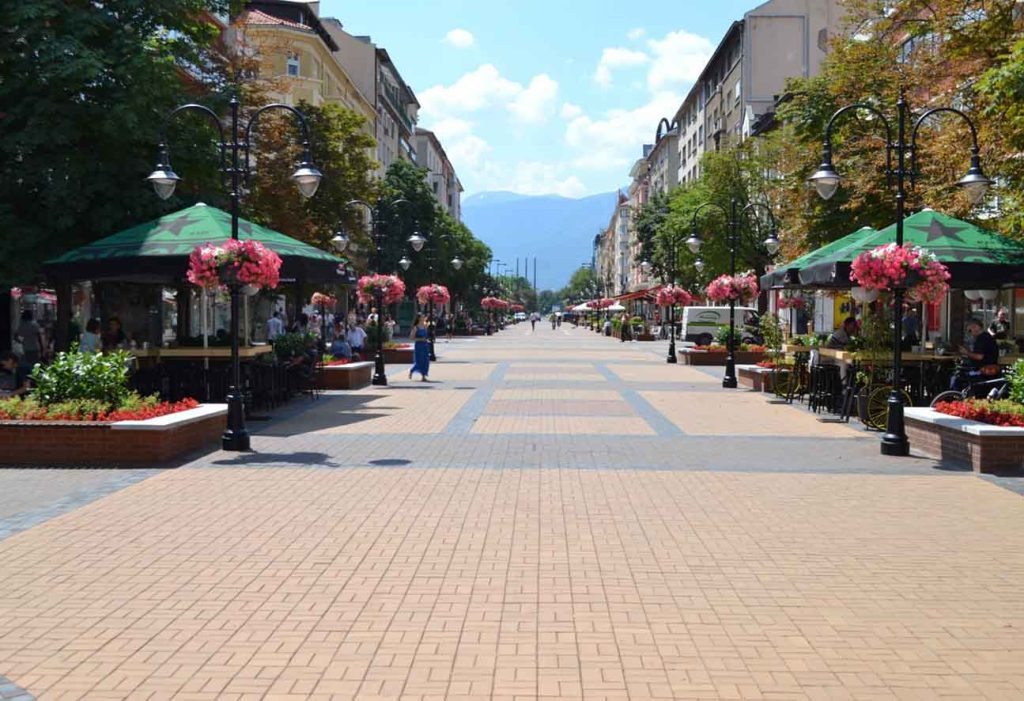
Today, Sofia is a dynamic and diverse city that seamlessly blends modern elements with traditional culture, creating a fascinating contrast between the old and the new. As the economic and cultural center of the Balkans, Sofia boasts modern shopping centers, fashionable cafés, and a variety of international restaurants, offering an exciting range of culinary experiences. While the city’s modernity is reflected in its lively shopping districts and contemporary architecture, it has managed to preserve its rich historical identity, which is evident in its well-preserved monuments and ancient landmarks.
Vitosha Boulevard, located in the heart of Sofia, is one of the busiest and most popular shopping streets in the city. It is lined with numerous international brand stores, as well as local boutiques, cafes, and restaurants. The street is also home to unique buildings that combine traditional and modern architectural styles, making it one of the best places to experience Sofia’s charm. The boulevard is constantly buzzing with energy, offering visitors a chance to shop, dine, or simply take a leisurely stroll while admiring the blend of old-world charm and modern urban life. The fusion of the two worlds is part of what makes Sofia an exciting destination for both history buffs and those looking to experience a cosmopolitan atmosphere.
7. Sofia’s Cuisine and Lifestyle
Sofia’s cuisine is an integral part of the city’s cultural identity. As the capital of Bulgaria, Sofia offers a diverse range of dishes, blending international influences with traditional Bulgarian flavors. Some of the most famous local dishes include grilled meats such as “kebapche” and “kyufte,” yogurt, and salads like the “Shopska salad.” Visitors can sample these authentic dishes in street-side eateries or local restaurants throughout the city.
The city’s nightlife is also vibrant and diverse. Sofia is home to numerous bars, clubs, and entertainment venues, making it an ideal place for young people and tourists to relax and have fun. In the evenings, the bars and restaurants around Vitosha Boulevard are bustling, providing an excellent atmosphere for social gatherings and enjoying a lively night out.
Sofia, situated in the heart of the Balkans, is a city that not only boasts a rich history and cultural heritage but also embodies the energy and diversity of a modern metropolis. Whether you’re interested in history, culture, or contemporary city life, Sofia offers a unique experience. The city’s history, spanning from the Roman Empire to the Byzantine Empire and Ottoman rule, is etched into its streets, buildings, and culture. By exploring Sofia, you’re not just visiting a city; you’re immersing yourself in a civilization that has spanned over a thousand years.
